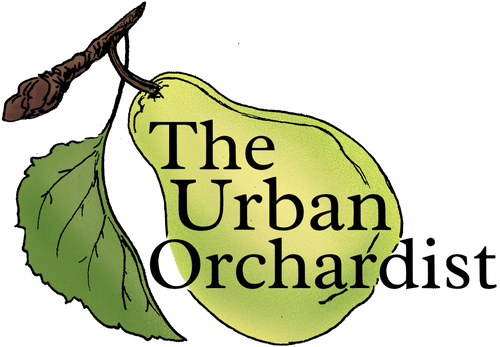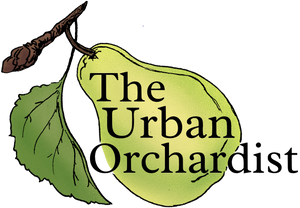Compact Stella sweet cherry
Compact Stella has all the benefits of its parent, Stella - delicious large fruit, and self-fertility (so you only need one tree for fruit) - with the additional benefits of being a small mature tree. What makes this variety compact is that it has shorter internodes – the space between flower nodes is about 2/3 the distance of the regular Stella.
Compact Stella is known for heavy annual crops of large, firm, sweet, dark red fruit that are excellent for fresh eating, or any other use you can think of - dried, juice, preserves, pies, and more.
Pollination: Compact Stella is self-fertile, like Stella, its famous self-fertile parent. It is also a universal pollenizer for other sweet cherry trees.
Disease resistance: Moderate disease-resistance.
Parentage: Compact Stella originated in the 1960s, through a process called mutational breeding (for further information see Mutational breeding in fruit crops: A review, linked below). The variety was in part developed by the Agriculture Canada Research Station in Summerland BC.
Rootstock: Mazzard. Full-size, most popular cherry rootstock for centuries. Relatively tolerant of wet and heavy soils compared to other cherry rootstocks.
References:
Mutational breeding in fruit crops: A review.
'Stella' sweet cherry. Kappel, Frank. 2002. Journal of the American Pomological Society. 56(3).




